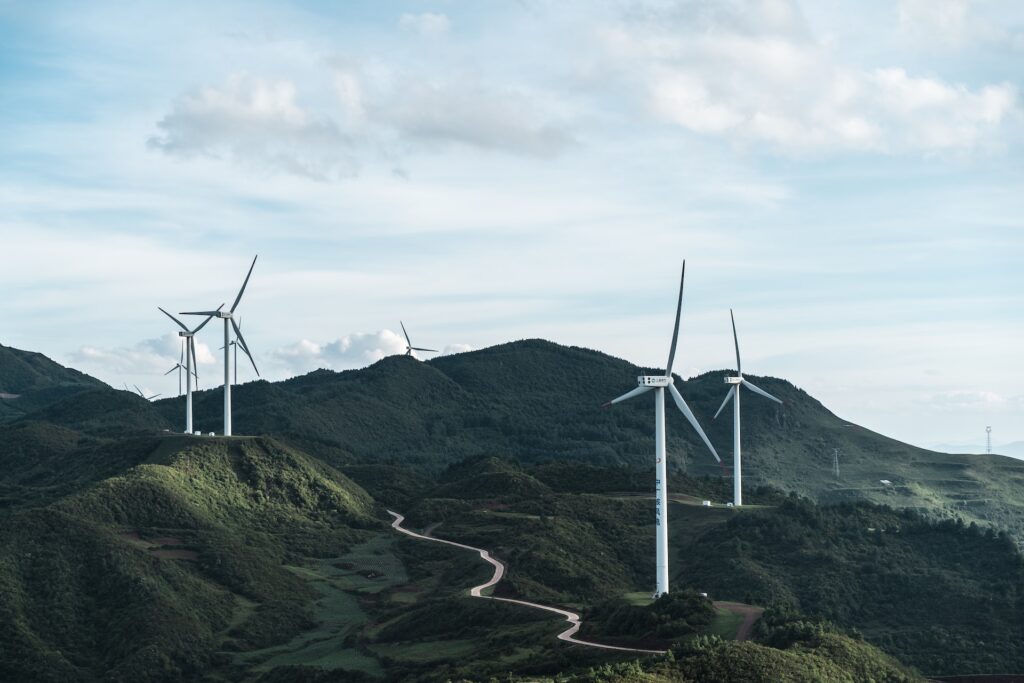
Global Wind Energy Availability
We are reader-supported. When you buy through links on our site, we may earn affiliate commission.
Russia’s war on Ukraine significantly increased gas prices. More consumers adopt electric appliances, machinery and vehicles to limit their reliance on fossil fuels. They search for affordable and abundant clean energy supplies to power their electronics.
Countries are expanding wind power production to meet global sustainability goals. Professionals improve on- and off-shore wind projects to increase clean energy availability. Increasing emission-free energy supplies can significantly decrease environmental degradation.
Wind Production Rates Around the World
In 2015, the United Nations (UN) created a global emission-reduction plan. The Paris Agreement holds countries responsible for atmospheric pollution. Government officials are targeting emissions with renewable energy.
Together, countries are producing nearly 743 gigawatts (GW) of wind power to minimize pollution. On- and off-shore wind power production decreases global greenhouse gas emissions by about 1.1 billion tons. Wind power’s availability coincides with regional production rates.
China produces the largest quantities of wind power around the world. The country generated over 236,402 megawatts (MW) of wind energy in 2019. Coal remains China’s largest energy source, which affects renewable energy’s availability.
Chinese energy professionals also distribute wind energy to different countries. The distribution process interferes with its national availability rate. Government officials can improve wind power production and availability by developing strict sustainability regulations.

Onshore vs Offshore Wind Energy Availability
Onshore turbines are the traditional wind power production technology. The first wind power project in U.S. history involved an onshore turbine in 1888. Environmental engineers expanded renewable technologies over time to increase efficiency rates.
Today, America produces about 9.6 GWs of wind energy onshore each year. Renewable energy is more available in different states with stronger wind patterns. Texas generates the most wind energy and Texans have better access to emission-free electricity than other regions.
Offshore wind power is less available because national production rates are lower than onshore. The U.S. produces about 25,824 MWs of offshore energy. America’s first offshore wind farm is off Block Island, Rhode Island.
Residents of Rhode Island can access the clean electricity supply to minimize their emissions. Other northeast states are unable to access the supply because production rates are low. Different countries are expanding their offshore wind farms to reduce their fossil fuel reliance.
Expanding Wind Power Production and Distribution
Environmental engineers are helping professionals expand on- and offshore wind projects by developing advanced technologies. Expanding the global wind power supply can increase its availability to global consumers. Engineers at Vortex created a unique turbine style to improve wind power’s compatibility with different regions.
Bladeless wind turbines vibrate back and forth instead of rotating. Some regions limit wind farm production because of turbine blade waste. Turbine blades are non-recyclable and generate large quantities of landfill pollution.
Using bladeless turbines can help reduce waste and expand renewable energy production. Other engineers are improving wind power production by developing compatible drone technologies. Wind energy drones produce renewable electricity independently.
The devices fly in circles and generate their own wind. The advanced drone technology is compatible with less windy regions. It helps individuals everywhere access emission-free energy.
How Affordable is Wind Energy?
Wind power’s accessibility also relates to its affordability. Today, wind power is significantly more cost-effective than fossil fuels. Oil and gas prices continue to rise as the war between Russia and Ukraine goes on.
Consumers may utilize more wind energy as fossil fuel prices become less affordable. Energy professionals also predict wind power prices will decrease by 50% compared to 2015 rates. Expanding wind farms and the renewable energy supply lowers its costs.
Individuals can install personal wind turbines to access free electricity. Residential consumers can receive free wind power after paying their upfront turbine costs. Unfortunately, residential wind projects are incompatible with some regions.
Wind Production Limitations
Wind energy is becoming less accessible in some areas and climate change effects worsen. Low renewable energy production rates directly impact its availability. The global temperature is rising and adversely affecting wind patterns.
Climate change is lowering global wind speeds, which negatively affects renewable energy production. Another wind power production limitation comes from adverse biodiversity affects. Some regions ban wind turbines because they disrupt bird and bat populations.
Wind turbines cause nearly 60,000 bat fatalities each year. Winged species experience fatal collisions with turbine shafts or blades. Individuals must find sustainable solutions to biodiversity impacts and expand wind power’s availability.
The Clean Electric Grid and Global Regulations
Government officials search for emission-reduction measures to conserve natural resources and the global ecosystem. Developed nations like America are expanding their clean electric grid to minimize energy emissions. Professionals can create a reliable and sustainable electric grid using renewable energy.
Creating an energy grid with wind power increases consumers’ access to renewables. It also helps regions meet global sustainability standards. Regions can abide by clean energy regulations by expanding the global wind power supply.
Share on
Like what you read? Join other Environment.co readers!
Get the latest updates on our planet by subscribing to the Environment.co newsletter!
About the author

Jane Marsh
Starting from an early age, Jane Marsh loved all animals and became a budding environmentalist. Now, Jane works as the Editor-in-Chief of Environment.co where she covers topics related to climate policy, renewable energy, the food industry, and more.





